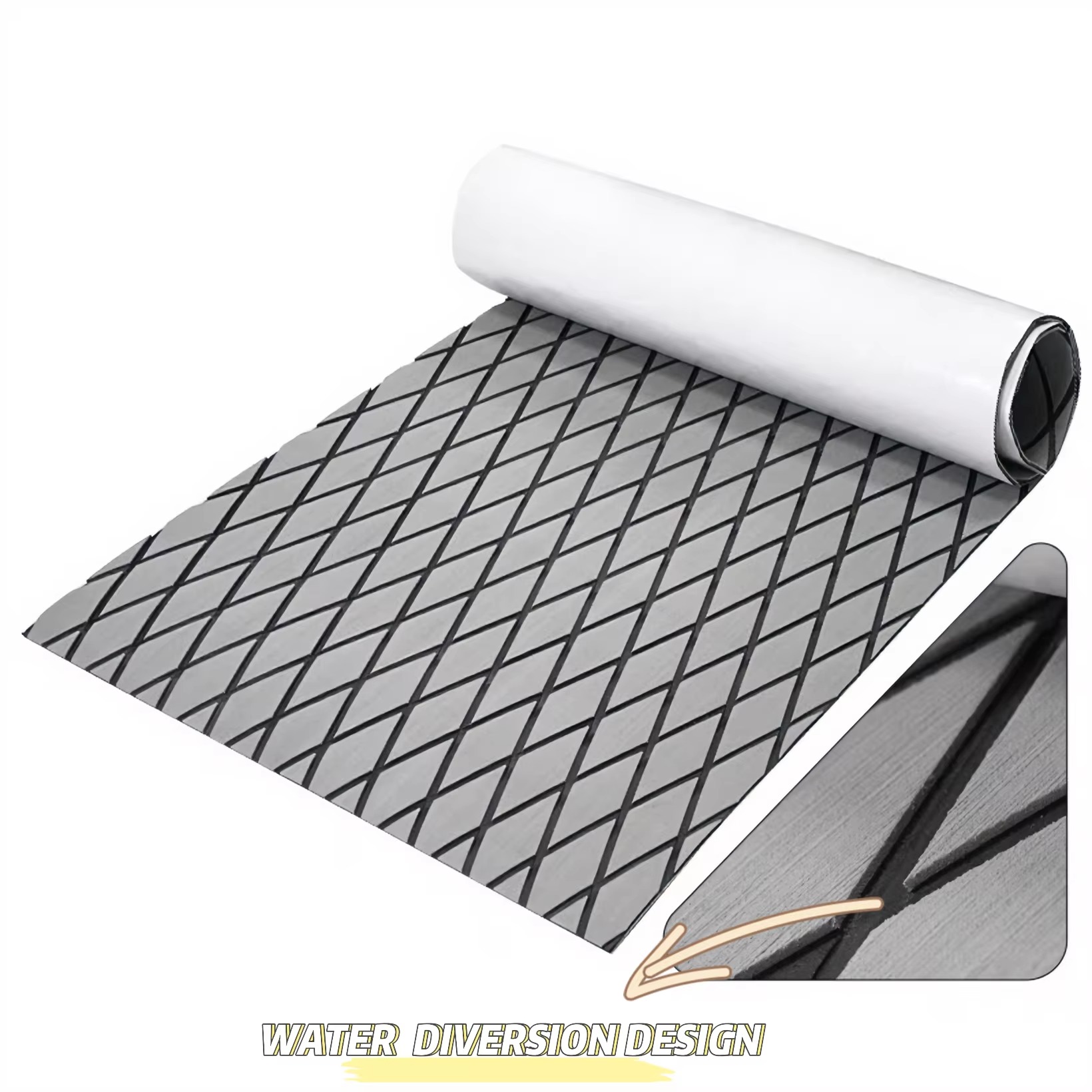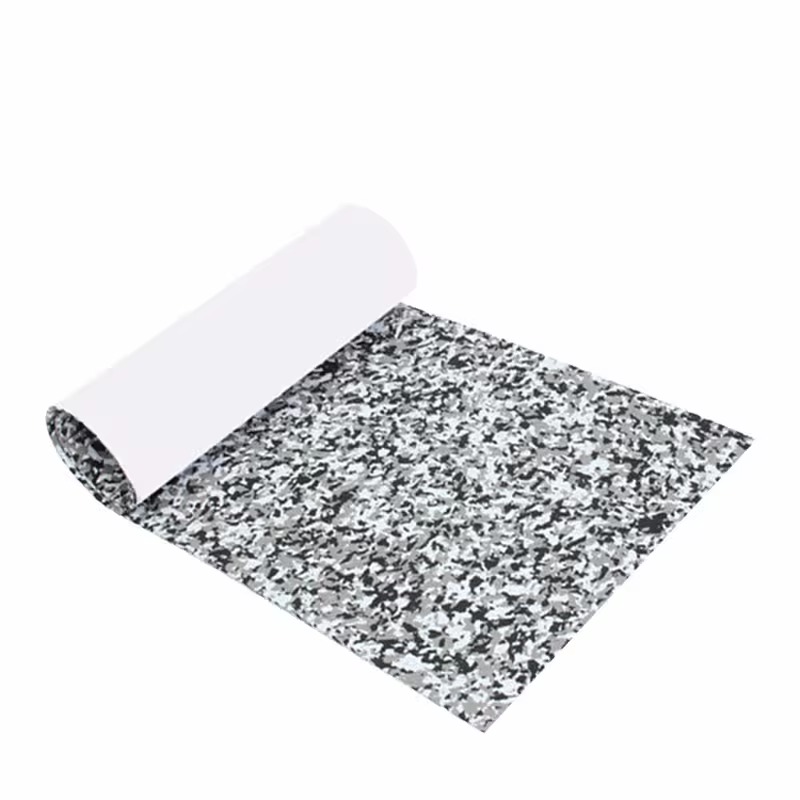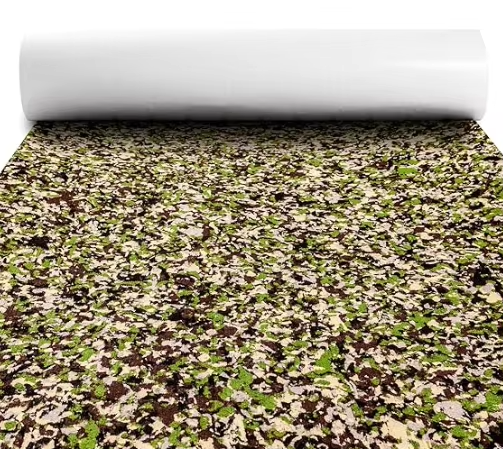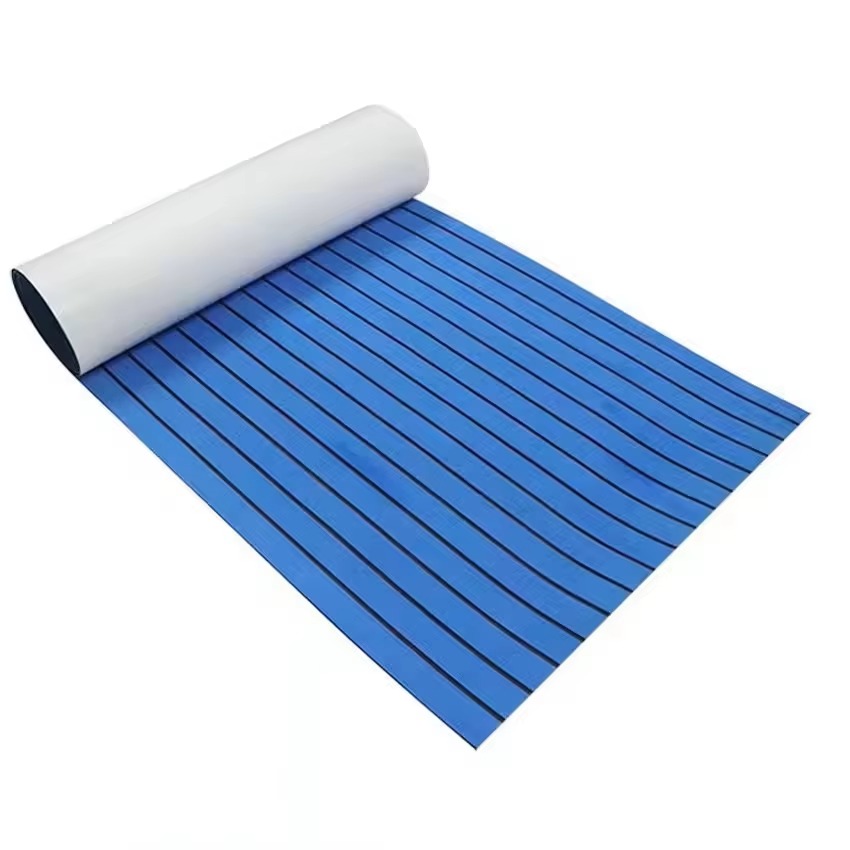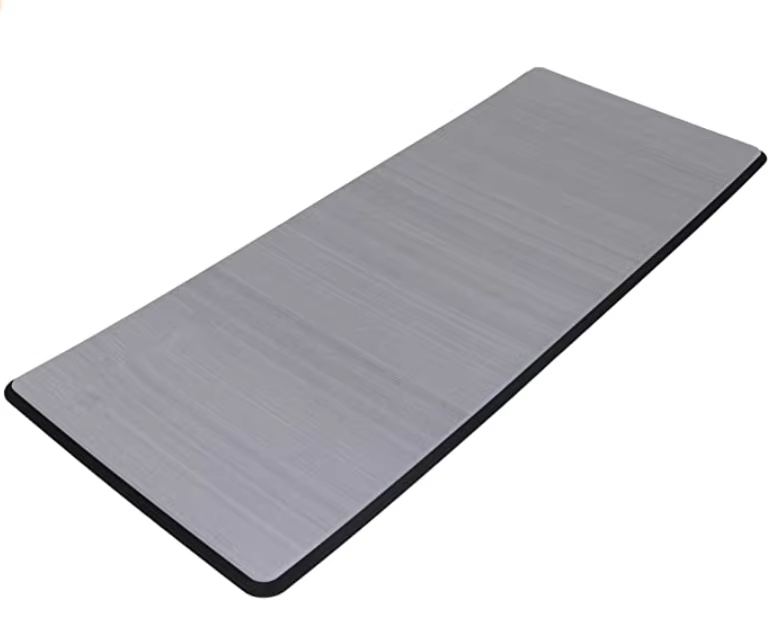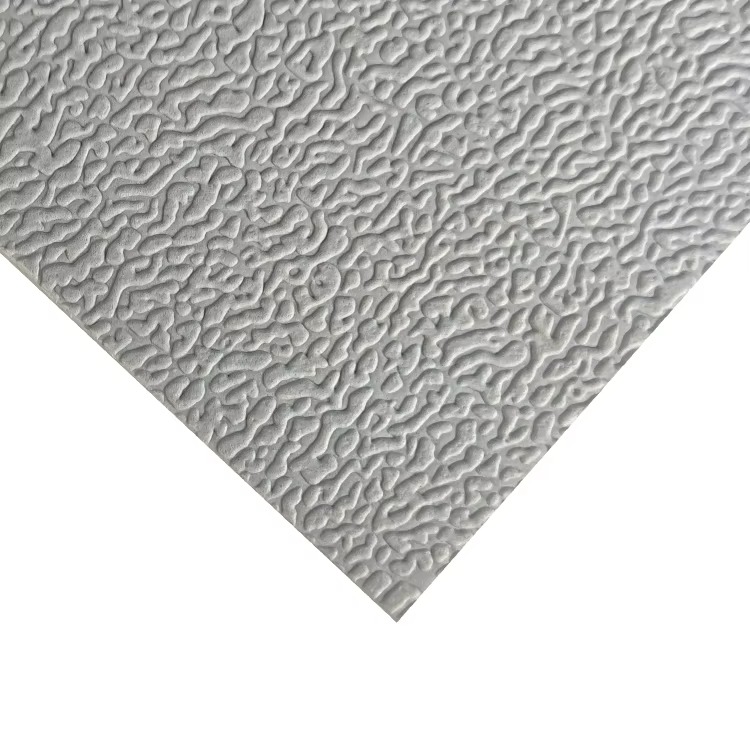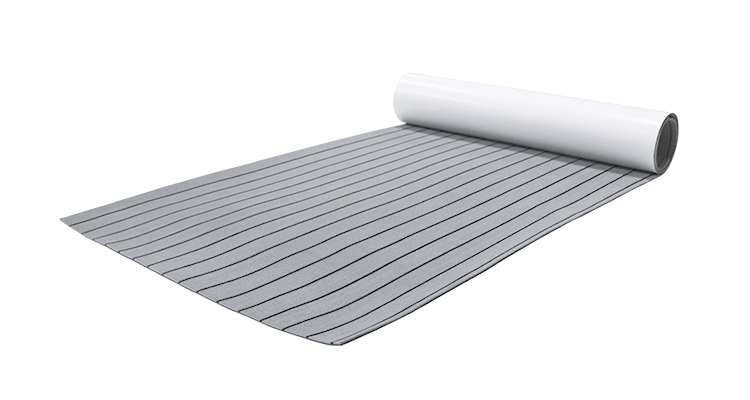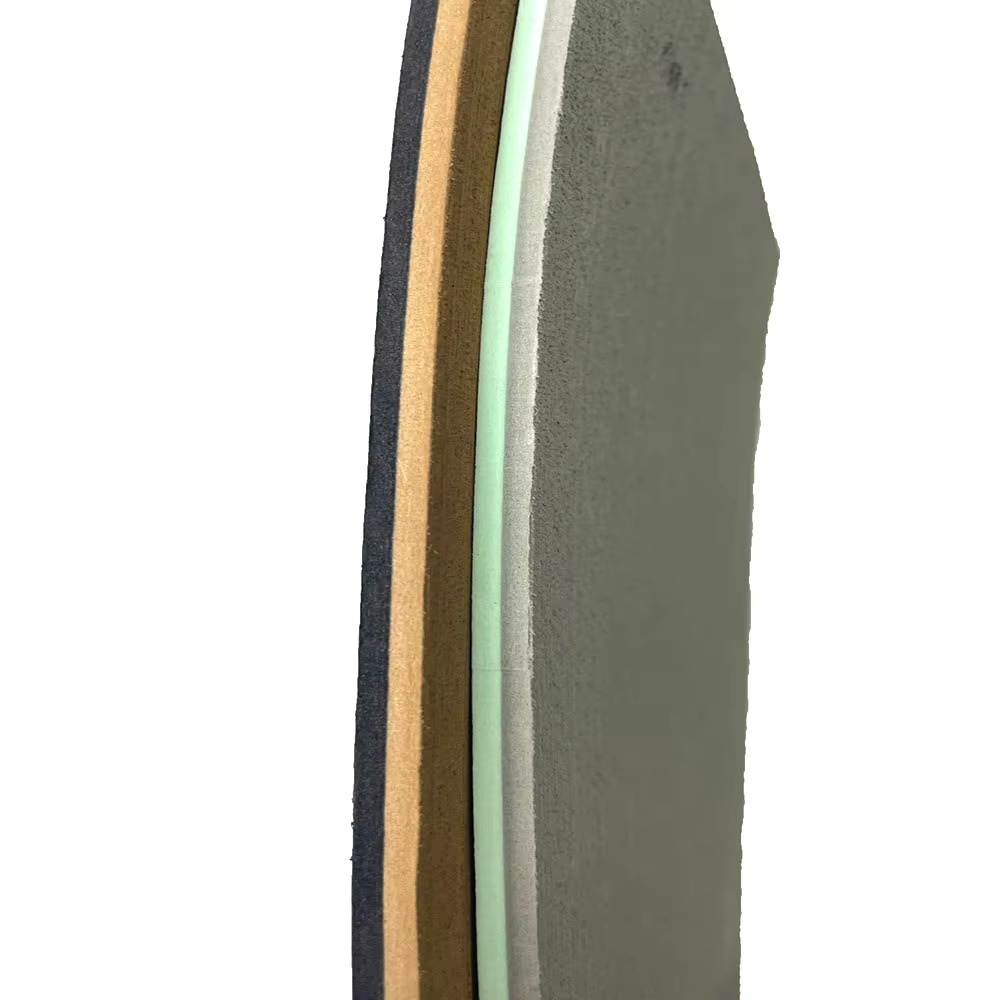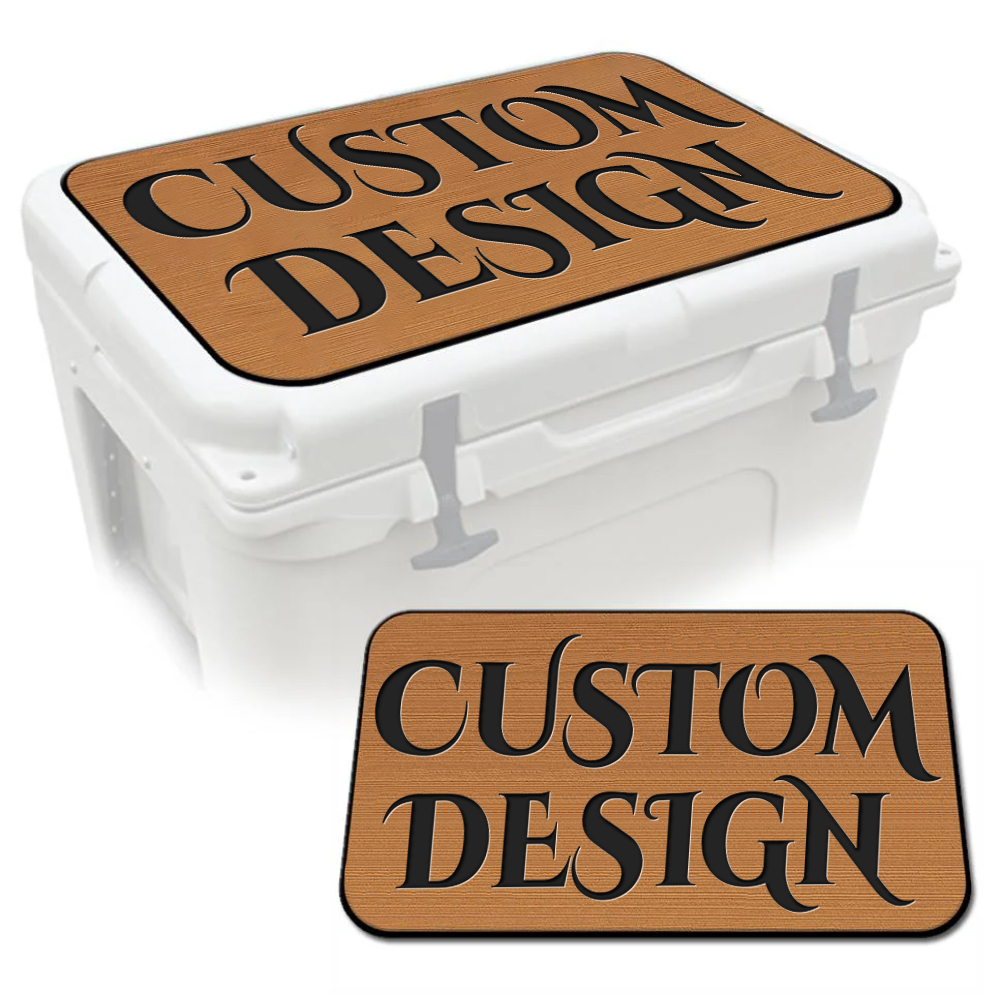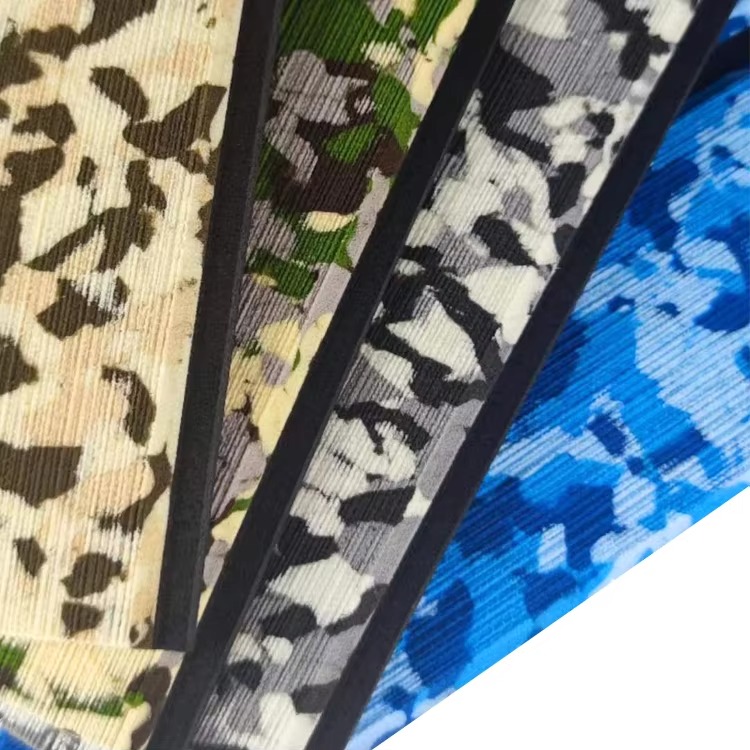
Learn more knowledge and trends in foam boat flooring industry from our blog.

What Size Foam Flooring for Boats Is Ideal?
EVA foam (ethylene-vinyl acetate foam) has emerged as a popular choice for boat flooring due to its unique combination of durability, comfort, and aesthetic appeal
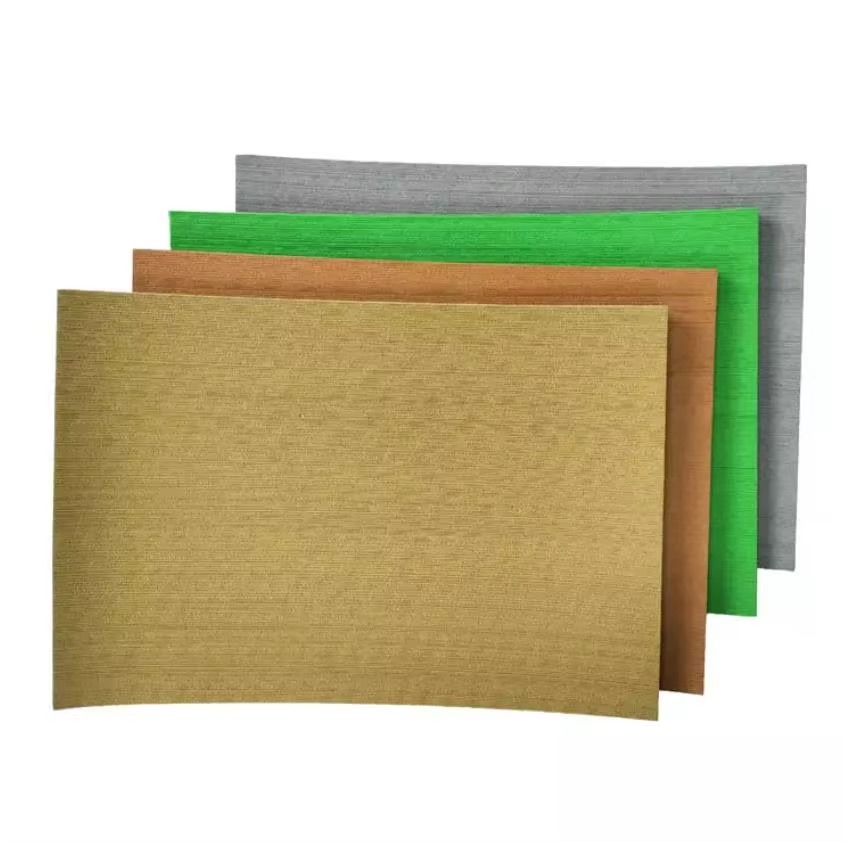
Marine Boat EVA Foam Factory
Home Table of Contents Attribute Specification Product Name Factory Brushed Adhesive Marine Boat EVA Foam Material Marine Grade, Closed-Cell EVA
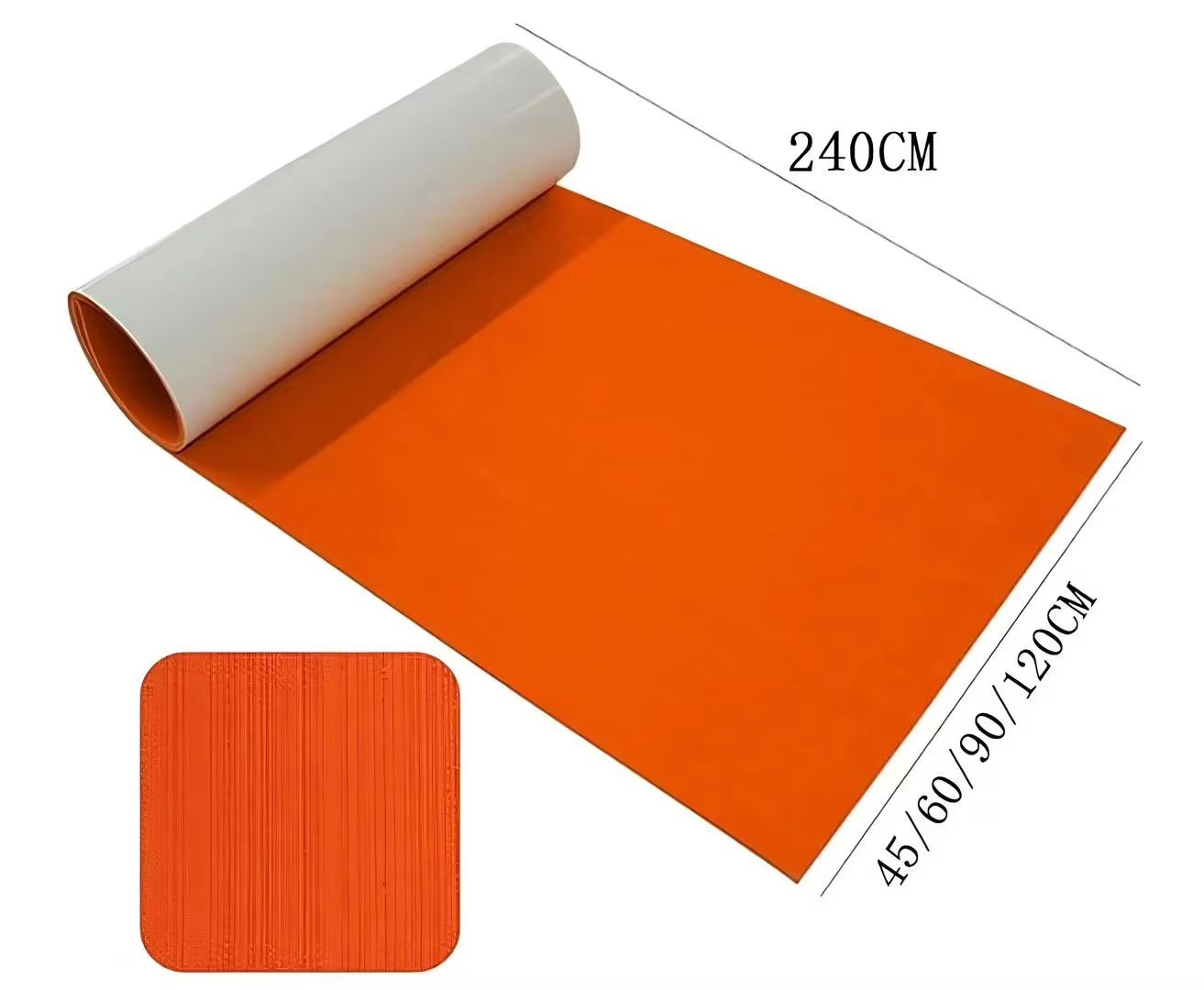
Wholesale Outdoor DIY Closed Cell Foam
Home Table of Contents Parameter Details Product Name Brushed Outdoor DIY Closed Cell Foam For Boat Part Boat Flooring /

